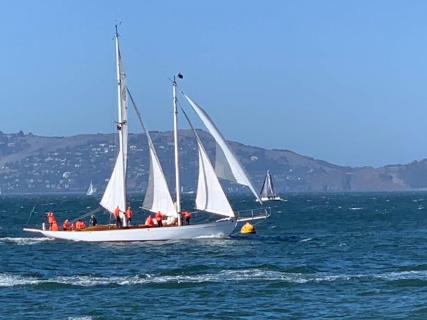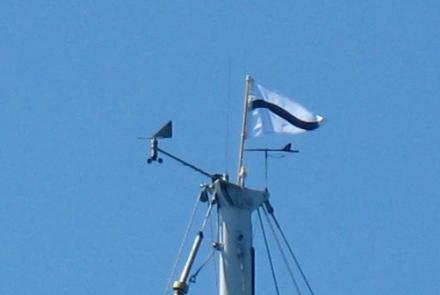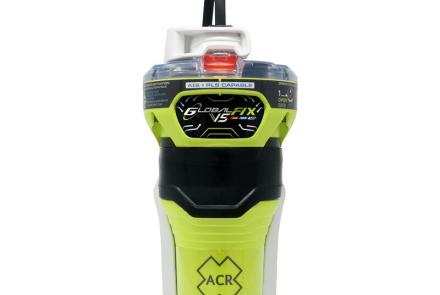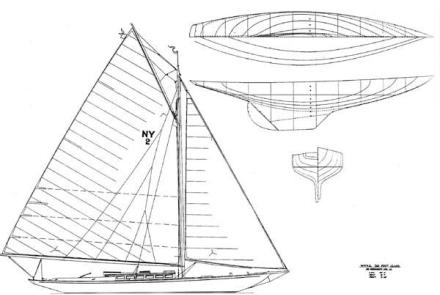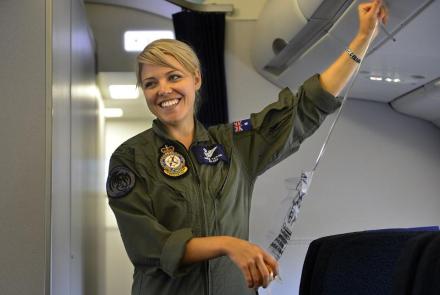Taking Too Much for Granted
CCA Safety Moment for December 2019
I suspect that we often expect that our crewmembers are more experienced than they actually are. This could be for a number of reasons, among them the assumption that because we know how to tie a bowline, or reef a sail, or steer downwind, that they also must also possess these skills. While we may have a very good idea of our crewmembers' skills and strengths when we sail with them often, it’s the newbie who steps aboard for the first time to whom we have to pay special attention.
I was reminded of this when sailing in the Big Boat Series on board Mayan, a lovely 60’ Alden Schooner owned by CCA members Beau and Stacey Vrolyk. As cockpit captain, I was responsible for four other guys who were tending to the fisherman and headsail sheets. Mayan has lovely old bronze Barient winches without sail-tailers, with smooth drums polished by tens of thousands of miles of voyaging. My cockpit crew had different sailing resumes, but one thing that I assumed, and they lacked, was experience handing highly loaded lines on slippery winch drums. The newness of the sheets didn’t help at all: like many new lines, they had a sort of rope “lubricant” that made them incrementally slippery when wet.
We made it through four days of racing in the Big Boat Series with relatively few snafus, but I came away with some lessons that are pretty basic and which could prevent injuries and improve performance.
- Take the time to assign duties in detail, and verify that your crew understands the duties. “Bill, I want you to tail the port primary winch after we tack onto starboard, then hand the tail to Bruce, and grind in the last bit. Bruce will call trim so listen for his commands. Bruce will give you the tail when it’s time to cast off. Understood?” Unlike teenagers, most adults will appreciate the specific directions without rolling their eyes or looking at you like you’re a lowly boomer.
- Demonstrate specific techniques. Talk through what you’re showing them. There’s a real art to tailing a winch, then adding wraps, then handing off the tail, then grinding using the multiple speeds of a modern winch. A lot can go wrong, and due to the tension on the sheets and the risk of pinches or rope burns, respect is vital. “I generally start with three wraps on the winch drum, then add two more before handing off the tail. When grinding, it’s important to position your body over the top of the drum, with a wide stance, so that you can use your upper body strength. Incidentally, first speed is counterclockwise, so grind as long as you can, then switch directions.”
- Point out the specific dangers of dealing with highly-tensioned lines. Allowing one's fingers to be pulled into the winch drum is extremely dangerous, and yet it’s not easy to take wraps off the drum without getting up close. It’s also very easy to get overrides by easing the line incorrectly, which can lead to out of control schooners, resulting in collisions and groundings if not rectified quickly. This is another good reason to demonstrate techniques and to do 20 practice tacks to improve their skills.
- Tell your crew where to position themselves to avoid potentially dangerous spots in the cockpit, and elsewhere. Since most of her sails sheet far aft, Mayan uses turning blocks to lead the sheets back to the winches, which creates potentially dangerous triangles should a snatch block or padeye break. Staying away from the leeward deck keeps crewmembers out of the “strike zone”, and puts their weight to better use. Similarly, the main stays’l and fore stays’l booms require great respect. This is especially true if someone from the cockpit goes forward to help gather a spinnaker, and may not be as aware as to where the stays’l booms can swing.
In short, take the time to be a good coach. Don’t assume that your crew knows everything, and build their skills through demonstration and feedback. We sail because it’s fun, and being yelled at or getting hurt is definitely not fun.
Chuck Hawley, San Francisco Station


